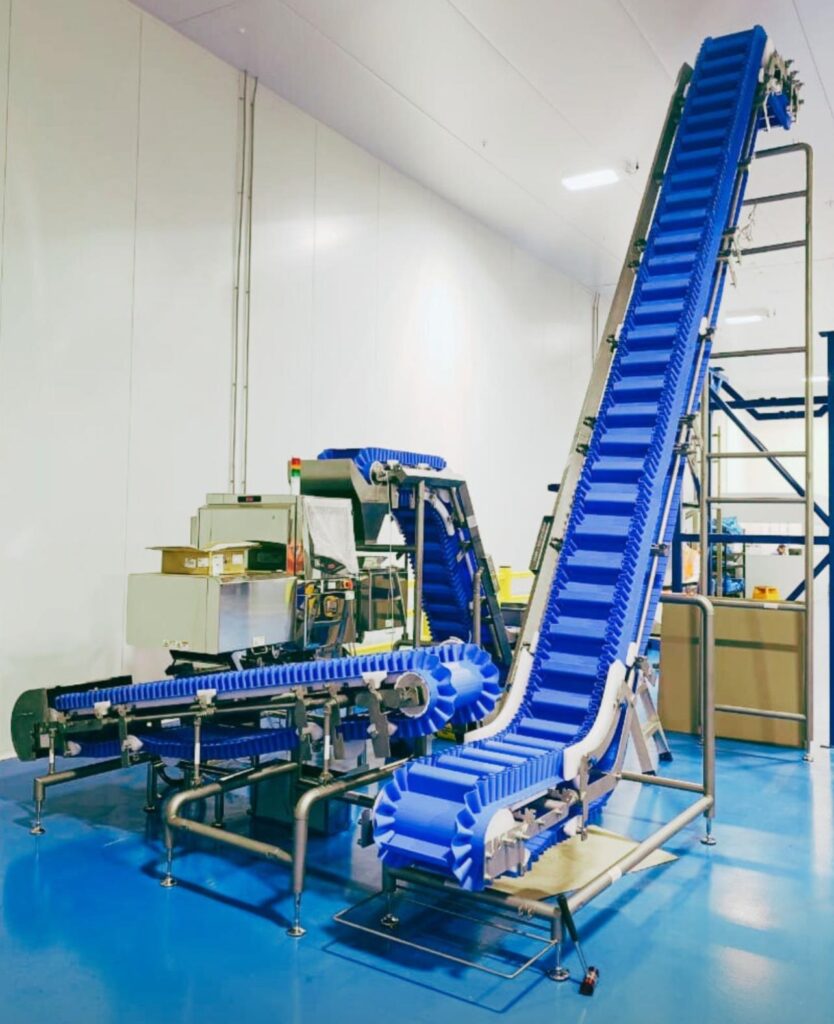
Understanding how EHEDG and 3-A SSI standards compare globally is crucial for businesses aiming to operate on an international scale. Both sets of standards are highly respected in the food and beverage industry, yet they have different areas of emphasis and recognition across various regions.
EHEDG Standards: European Excellence
Overview of EHEDG
The European Hygienic Engineering & Design Group (EHEDG) is a consortium of equipment manufacturers, food industries, research institutes, and public health authorities. It focuses on improving hygiene during food processing and packaging.
Key Features of EHEDG Standards:
- Hygienic Design and Engineering: EHEDG provides guidelines for the design and construction of equipment that minimizes contamination risks.
- Cleanability: Emphasizes the ease of cleaning and maintenance to ensure hygienic processing conditions.
- Validation and Certification: Components undergo rigorous testing to receive EHEDG certification, ensuring they meet high hygiene standards.
Global Influence of EHEDG
EHEDG standards are primarily recognized and enforced within Europe. However, their influence is growing globally as multinational companies adopt these standards to ensure consistent hygiene practices across their operations. EHEDG’s emphasis on cleanability and contamination control is highly regarded in the global food industry.
3-A SSI Standards: American Leadership
Overview of 3-A SSI
3-A Sanitary Standards, Inc. (3-A SSI) focuses on creating sanitary design standards for equipment used in the dairy, food, and beverage industries in the United States. These standards aim to ensure that equipment can be easily cleaned and sanitized to prevent contamination.
Key Features of 3-A SSI Standards:
- Sanitary Equipment Design: Standards ensure that equipment can be effectively cleaned and sanitized.
- Material and Construction Specifications: Defines the materials and construction techniques that meet sanitary requirements.
- Certification and Compliance: Equipment must meet rigorous criteria to achieve 3-A certification, guaranteeing it meets high sanitary standards.
Global Influence of 3-A SSI
While 3-A SSI standards are predominantly recognized in North America, their adoption is increasing globally. Many international companies that export to the U.S. market adopt 3-A standards to meet regulatory requirements. Additionally, the principles of 3-A SSI are respected worldwide for their focus on sanitation and safety.
Comparison and Integration on a Global Scale
Similarities Between EHEDG and 3-A SSI:
- Focus on Hygiene and Safety: Both standards prioritize hygienic design and contamination prevention.
- Certification Processes: Each standard involves rigorous testing and certification to ensure compliance.
- Industry Collaboration: Both organizations work closely with industry experts to develop and update standards.
Differences Between EHEDG and 3-A SSI:
- Regional Emphasis: EHEDG is more prevalent in Europe, while 3-A SSI is primarily used in North America.
- Specific Guidelines: The detailed guidelines and requirements can vary, reflecting regional differences in regulatory environments and industry practices.
Global Integration:
- Multinational Adoption: Many global companies adopt both EHEDG and 3-A SSI standards to ensure compliance across different markets. This dual adoption strategy helps streamline operations and maintain consistent safety and hygiene practices worldwide.
- Harmonization Efforts: There are ongoing efforts to harmonize international standards. Organizations and industry leaders are working towards aligning EHEDG and 3-A SSI guidelines to facilitate easier global compliance.
Discover how EHEDG and 3-A SSI standards compare globally
EHEDG and 3-A SSI standards play critical roles in ensuring product safety and hygiene in the food and beverage industry. While EHEDG has a stronger presence in Europe and 3-A SSI in North America, both sets of standards are increasingly recognized and adopted globally. Understanding and integrating these standards can help businesses enhance their product safety, meet international regulatory requirements, and build a robust, trustworthy brand identity.